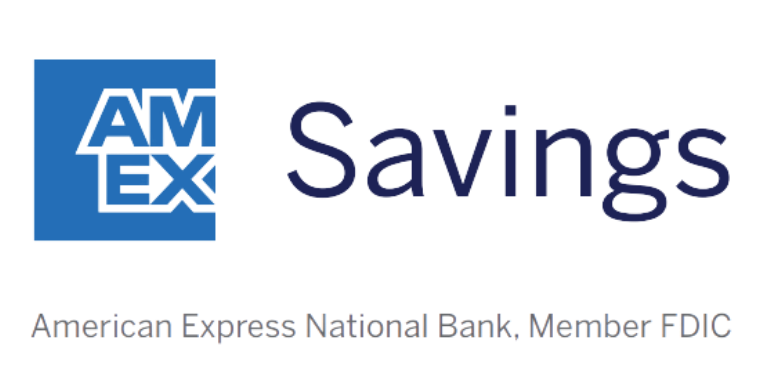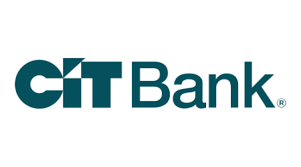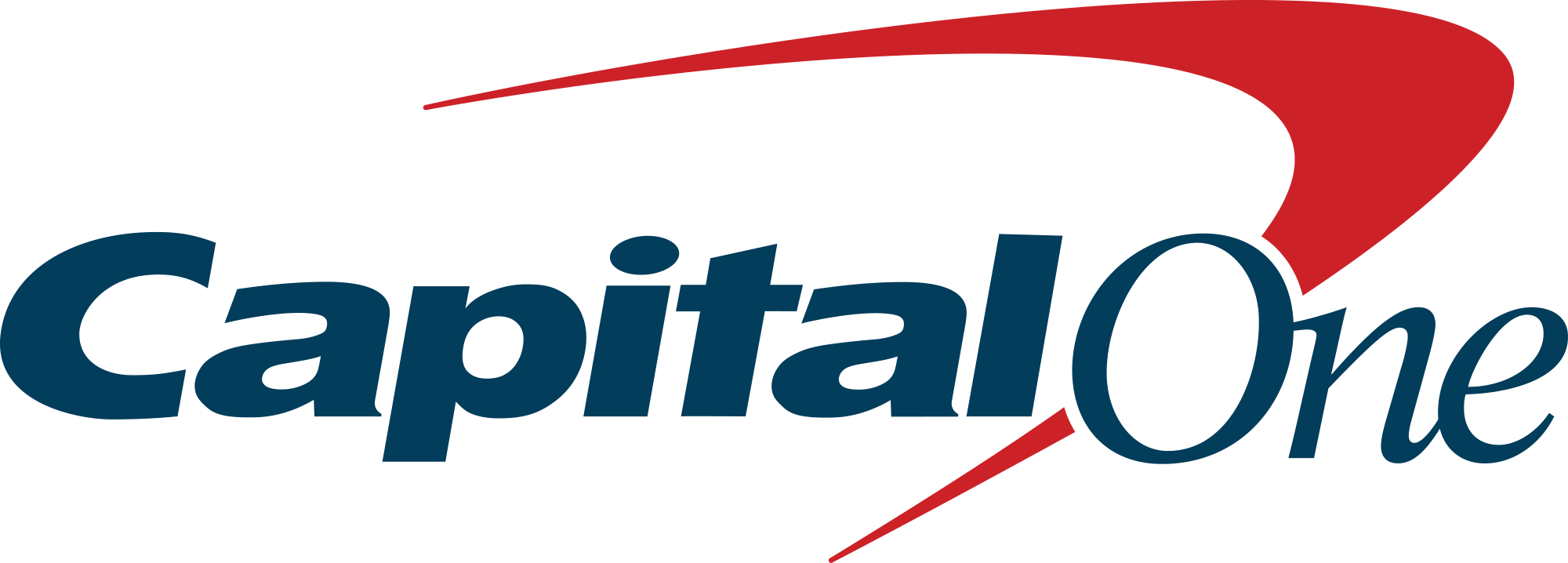What Is the Prime Rate?
This important number is a driving force behind loan and credit card interest rates.
You may have never heard of the prime rate before, but if you have a credit card or you've ever taken out a loan, it has affected you.
Simply put, the prime rate is the interest rate that banks and other financial institutions charge their most creditworthy customers -- those with the lowest risk of default. But how it's derived and how it affects you are a little more complicated.
How is the prime rate determined?
The prime rate is based on the federal funds rate. This is a benchmark set by the Federal Open Market Committee (FOMC) of the Federal Reserve, which indicates a fair rate for banks and other financial institutions to charge one another.
Our Picks for the Best High-Yield Savings Accounts of 2025
| Product | APY | Min. to Earn | |

American Express® High Yield Savings
Member FDIC.
APY
3.70%
Rate info
3.70% annual percentage yield as of April 9, 2025. Terms apply.
Min. to earn
$0
Open Account for American Express® High Yield Savings
On American Express's Secure Website. |
3.70%
Rate info
3.70% annual percentage yield as of April 9, 2025. Terms apply.
|
$0
|
Open Account for American Express® High Yield Savings
On American Express's Secure Website. |

CIT Platinum Savings
Member FDIC.
APY
4.10% APY for balances of $5,000 or more
Rate info
4.10% APY for balances of $5,000 or more; otherwise, 0.25% APY
Min. to earn
$100 to open account, $5,000+ for max APY
Open Account for CIT Platinum Savings
On CIT's Secure Website. |
4.10% APY for balances of $5,000 or more
Rate info
4.10% APY for balances of $5,000 or more; otherwise, 0.25% APY
|
$100 to open account, $5,000+ for max APY
|
Open Account for CIT Platinum Savings
On CIT's Secure Website. |

Capital One 360 Performance Savings
Member FDIC.
APY
3.60%
Rate info
See Capital One website for most up-to-date rates. Advertised Annual Percentage Yield (APY) is variable and accurate as of April 8, 2025. Rates are subject to change at any time before or after account opening.
Min. to earn
$0
Open Account for Capital One 360 Performance Savings
On Capital One's Secure Website. |
3.60%
Rate info
See Capital One website for most up-to-date rates. Advertised Annual Percentage Yield (APY) is variable and accurate as of April 8, 2025. Rates are subject to change at any time before or after account opening.
|
$0
|
Open Account for Capital One 360 Performance Savings
On Capital One's Secure Website. |
Legally, every bank must have a certain amount of money in reserve to cover their customers' withdrawals. This is a percentage of the bank's total deposits. If banks don't have enough money in reserve at the end of the day, they have to borrow it, usually from other banks, and that's where the federal funds rate comes in.
The Federal Reserve doesn't mandate that banks charge each other the federal funds rate. The two banks involved negotiate the interest rate, but it's usually pretty close to the target.
How the federal funds rate affects the prime rate
Banks base their prime rates on the federal funds rate. There's no hard-and-fast rule, but the prime rate usually ends up about 3% higher than the federal funds rate. So, if the federal funds rate is 2%, the prime rate would be 5%.
There's actually no single prime rate. Each bank sets its own rates, so they can charge more or less than 3% plus the federal funds rate if they choose. The prime rates you usually see published are an average of several of the largest banks' prime rates.
How the prime rate affects you
Some credit products, including credit cards and home equity lines of credit (HELOCs), tie their interest rates directly to the prime rate. If you've ever read through your credit card's cardholder agreement, you may have found the APR listed as something like "13% plus the prime rate." So if the prime rate is 5%, that means your card's APR is 18%.
But that's subject to change. If the prime rate rises to 5.25%, your credit card's new APR will be 18.25%. Lenders don't have to notify you every time this changes as long as they outline the relationship between your interest rate and the prime rate in the cardholder agreement.
Although most other types of loans, including mortgages, auto loans, and personal loans, aren't tied to the prime rate in the same way that credit cards and HELOCs are, the prime rate often influences the rates that lenders offer these customers as well. Interest rates often rise when the prime rate rises and fall when it falls, but this isn't guaranteed. Banks choose their own interest rates, and sometimes their rates differ greatly from the prime rate.
Between December 2016 and December 2017, the prime rate rose from 3.75% to 4.5%, but over that same timespan, average 30-year mortgage interest rates fell from 4.16% to 3.93%. So they don't always go hand in hand.
When you have a loan or credit card that's directly tied to the prime rate, you'll pay more in interest every time the prime rate goes up. This means your balance could balloon faster and you may have more difficulty paying back what you owe. But the reverse is also true. When the prime rate drops, your balance will accrue interest more slowly, making it easier for you to pay back.
What is the current prime rate?
There's more than one prime rate, because each bank sets its own. But the most popular prime rate benchmark in use today is the one published in the Wall Street Journal. It's based on the average prime rate for the 10 largest banks in the United States.
The prime rate is 4.75% at the time of writing this article, but as you'll see below, it can fluctuate over time.
Prime rate history
The prime rate held pretty steadily at 4.5% throughout the early 1960s before entering a volatile period throughout the 1970s and early 1980s. It peaked at a record 21.5% on Dec. 19, 1980. Although it had its ups and downs over the following decades, the prime rate decreased after that until it hit a low of 3.25% in December 2008.
It remained there until December 2015, when it saw its first increase in nine years. After that, the prime rate rose eight times until it peaked at 5.5% in December of 2018 before falling again to its present rate of 4.75%.
Prime rate vs. discount rate
Another term that sometimes comes up in discussions about prime rates and federal funds rates is the discount rate. This is more of a concern for banks than it is for individual consumers. The federal discount rate is the rate that the Federal Reserve charges its member banks to borrow from it if they're unable to borrow from other banks. Banks avoid borrowing from the Federal Reserve whenever possible because the federal discount rate is usually 1% higher than the federal funds rate.
There are actually three discount rates:
- Primary credit rate: This is the basic interest rate that the Federal Reserve charges most of its member banks to borrow from it.
- Secondary credit rate: If banks don't meet the requirements for the primary credit rate, they'll qualify for the secondary credit rate. This is 0.5% higher than the primary credit rate.
- Seasonal credit rate: This is primarily for smaller financial institutions who may see greater seasonal variance in their cash flows than larger financial institutions.
The discount rate doesn't directly affect consumers' interest rates, but when this rate and the federal funds rate rise, prime rates often do as well.
You don't need to understand how the prime rate works in order to open a credit card or take out a loan, but it's helpful to have basic knowledge, especially if you have a balance with a variable interest rate that's tied to the prime rate.
Our Research Expert
We're firm believers in the Golden Rule, which is why editorial opinions are ours alone and have not been previously reviewed, approved, or endorsed by included advertisers. Motley Fool Money does not cover all offers on the market. Motley Fool Money is 100% owned and operated by The Motley Fool. Our knowledgeable team of personal finance editors and analysts are employed by The Motley Fool and held to the same set of publishing standards and editorial integrity while maintaining professional separation from the analysts and editors on other Motley Fool brands. Terms may apply to offers listed on this page. APYs are subject to change at any time without notice.